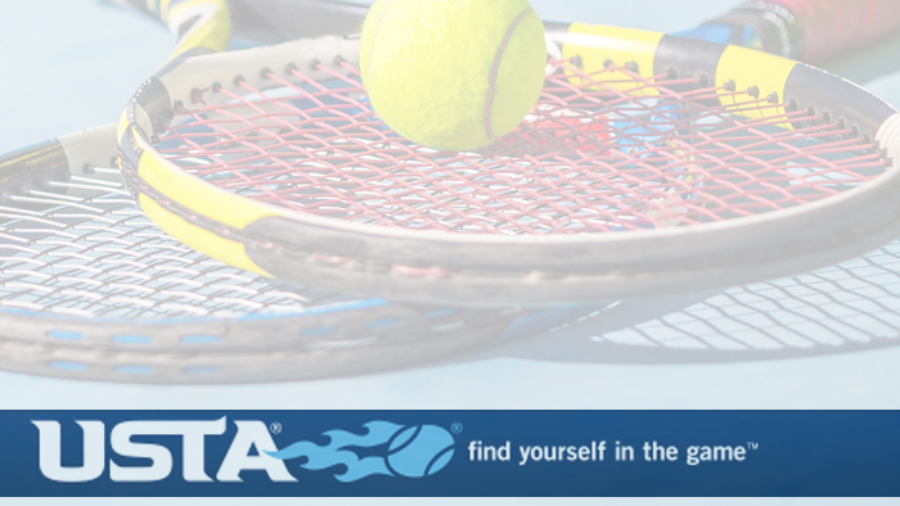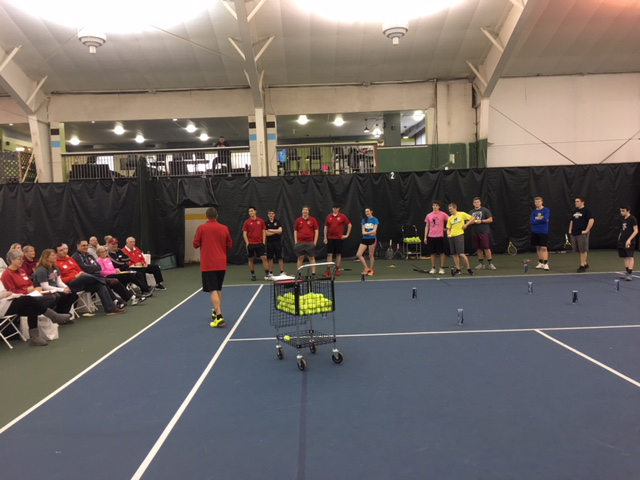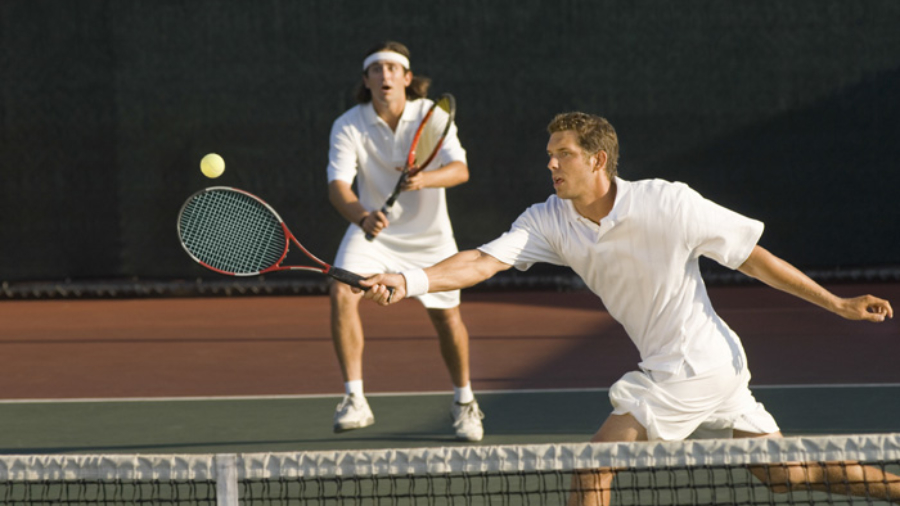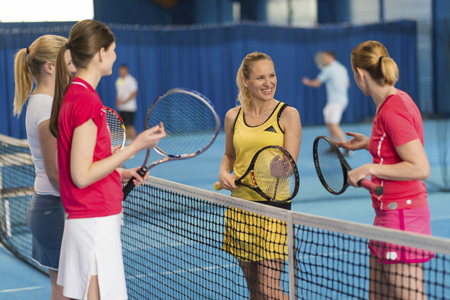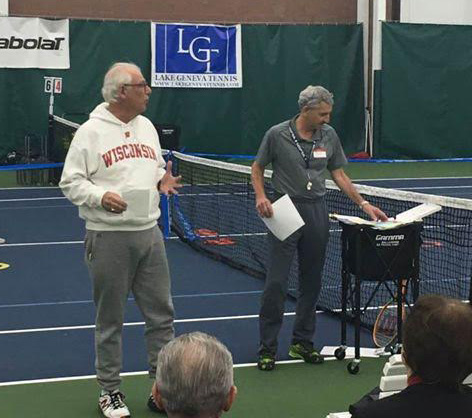It’s always rewarding to catch up with long-time industry professionals. I crossed paths recently with a very respected USPTA Pro in Wisconsin. Like you, when having lunch with a contemporary, many subjects, tennis-wise, are discussed.
The USTA Midwest Collegiate Committee, chaired by fellow USPTA Pro, Timon Corwin, hosted a variety of educational webinars for potential college-playing tennis players. The response by parents, students, and coaches was very positive. At lunch, I asked my fellow Pro if he knew about the webinars. He stated he did not. It got me thinking. Why?
This Pro is a club owner, teaching pro, high school coach, husband, father, and a stalwart in his community. He readily admits he does not read his email enough, but also, he does not delegate things that could make his staff more responsive to fellow staff and club membership.
If you are a Head Pro or a Director at your facility, I would guess that many club functions fall in your lap. In many cases, they do not receive proper attention or fall through the cracks.
Online enrichment opportunities are plentiful. My recommendation is that the director or Head Pro assign different types of “enrichment” to various staff pros. For example, one could investigate and formulate a weekly email to fellow staff members on “tennis education” sources available online. Another item that could be assigned and investigated is “opportunity tools for high school graduating students” such as the ITA (Intercollegiate Tennis Association), UTR, and Tennis on Campus. Incidentally, on that subject of college tennis, the USTA Midwest has a Facebook page entitled “Midwest Collegiate Tennis Hub” which provides an abundance of information on collegiate tennis. Another Pro could tackle “personal enrichment ideas”, such as personal finance or updated information on health insurance for the staff. Yet another would be to check out the websites of the USTA, PTA, and PTR to acquire current trends in tennis, both on and off the court, to enhance staff performance.
These assignments would accomplish several things. They would build teamwork within the staff. Second, this exercise would delegate all things pros need but would share the workload for the Director or Head Pro to gain those needs. Third, doing this exercise will help all the staff members grow and make them more aware of all the resources available to them that, many times, are ignored due to a lack of time. It also makes the staff more accountable to each other while sharing all kinds of information. Lastly, and most important, it makes you and your staff a better teaching and life team.
Read the complete Summer 2021 USPTA Midwest Division Newsletter HERE.

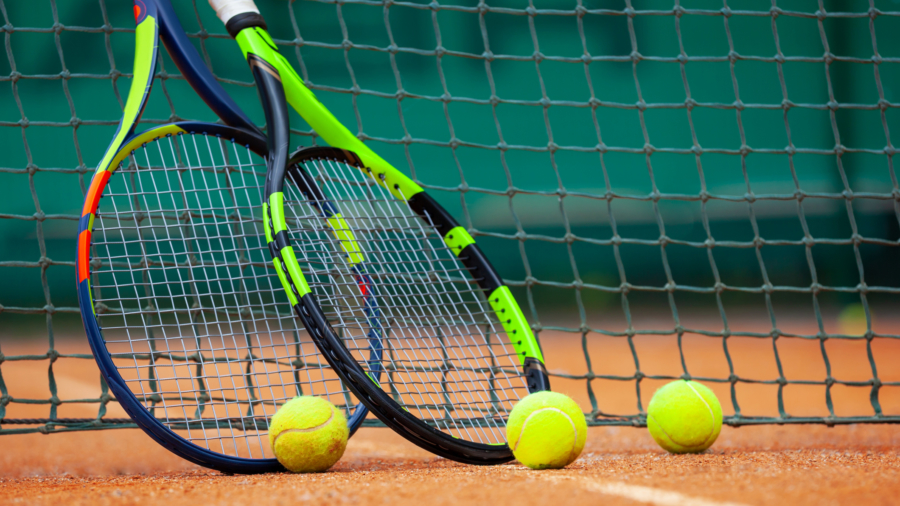

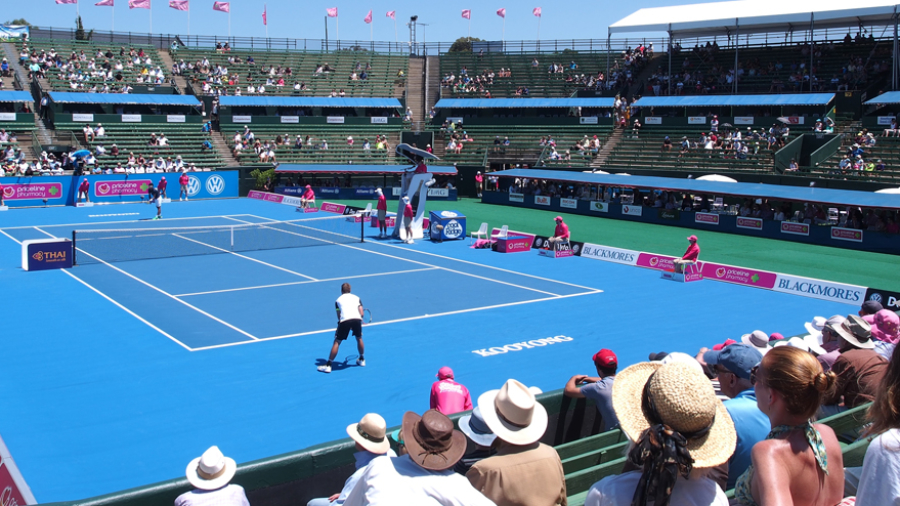
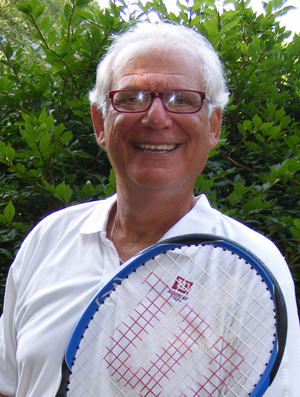
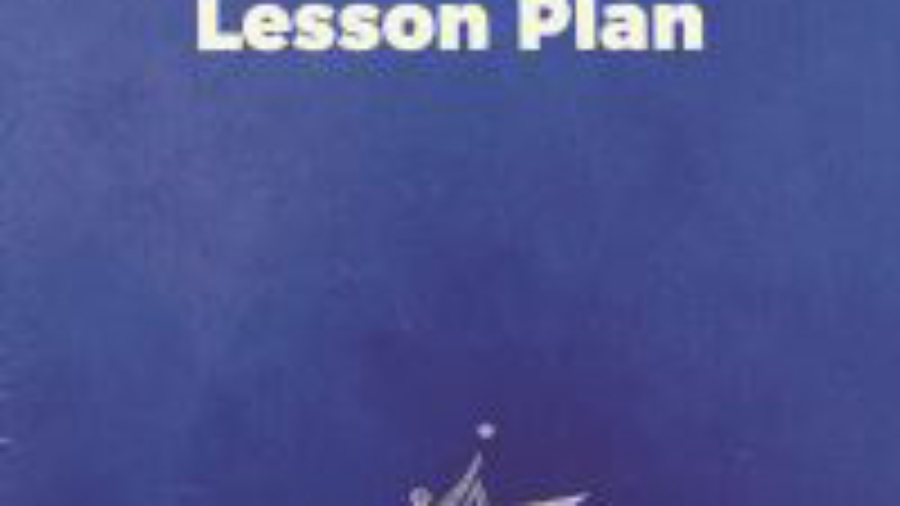
 About Denny Schackter
About Denny Schackter